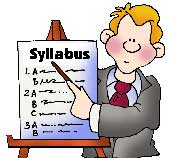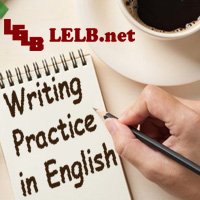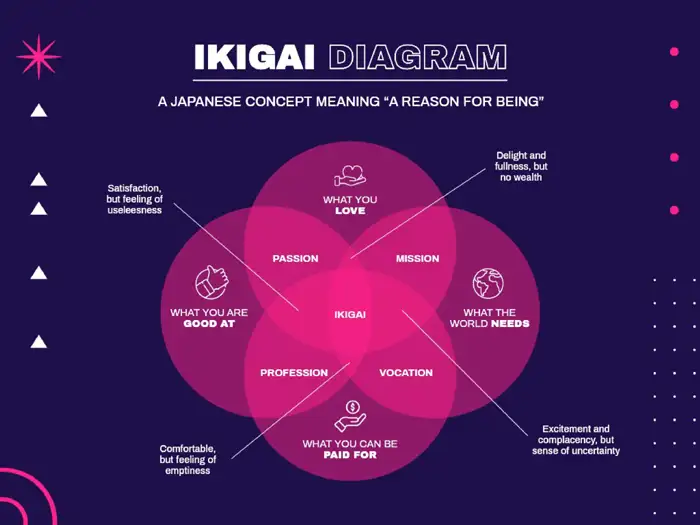In this article, we’re going to share 10 practices for teaching writing skills with you in a practical fashion. Dr. Hariri, the author of this article has also narrated it to make a video as a presentation, and you can find the embedded video below.
Video of teaching writing skills
Introduction
Writing seems to be the most challenging, difficult and demanding skill among the other three ones inasmuch as the fact that the skills that are involved in writing are pretty complex for L2 learners. In fact, L2 writers are obliged to pay close attention to higher level skills of generating and organizing ideas, planning, drafting, revising, editing, responding, evaluation and post-writing activities.
In order to get the most out of a writing course, this is on the part of both the teacher and the students to make use of their reflective experience as a basis to improve and ameliorate their instructional practices. In a writing course, particularly, at the stage of ‘planning’, which is given a priority in teaching this skill, teachers are expected to lend a hand to students to generate ideas through such activities as brainstorming, clustering and rapid free writing.

A genre-based approach to teaching writing provides students with ample and numerous opportunities to become cognizant of different purposes of written communication and the disparate ways information is organized in written texts. In other words, the students become more aware of the disparate conventions used in different genres.
We should bear in mind that not only is writing the most difficult and demanding skill among all, but also it takes up a lot of class time to teach writing skills. It requires both the teacher and the students to appear as pensive and thoughtful as conceivable to be able to cope with the dynamic, and at the same time, systematic process of writing, especially when the students are supposed to ponder on the issue at the stage of planning in order to generate ideas. Here, in contrast with the past, an equal importance should be placed upon both the process and the product. In other words, process mustn’t be victimized and overlooked at the expense of product.
Determining goals and instructional constraints
As long as the process of teaching writing skills is regarded, some constraints come into existence. Such constraints include assigned curricula, approved textbooks, designated proficiency examinations and the like. In this case, the difficulty of writing in a new language is added to the difficulty of writing itself to add insult to injury and compound the complexity of this activity.

Consequently, in order to gain maximum control over the expected and unexpected constraints that are capricious, we can work politically to change them. At this stage, we can join and form different committees, make proposals, run pilot projects and the like so as to test our alternative methods. Another fact that should be taken into account is that we, as teachers, should not restrict our ultimate evaluation to final exams due to the fact that provided that it happens, no equal value is placed on both the process and product of education.
Deciding on theoretical principles
The most eye-catching issue in this step is the role of theory in teaching writing skills. Here, English for academic purposes (EAP), in which there is an accommodationalist theory or principle, is considered a perfect example. So teachers first need to confront their theoretical position and recognize their perception of the relationship between the type of writing they teach and the roles they are preparing the students for in academia and the wider world of work.

The question of theory and who determines what is taught is a question of power and reflects local conditions. The use of text models and the choice of focus on either content or form are among other disputable issues. In this part of teaching writing skills, the mutual connection between writing process and cultural beliefs is to be taken into serious consideration. This claim is made that “we need to examine the social practices that surround academic discourse.”
A principled process approach to writing includes both personal and academic content. Here, both fluency and accuracy are valued equally. Likewise, process and product are regarded as two inseparable parameters in teaching writing skills.
Planning the content

If we follow merely on the basis of a prescribed and pre-determined model of paragraph or essay form, the genuine value of writing is neglected because writing is for discovery of learning and not just demonstration of learning. Students need topics that allow them to generate ideas, find the forms to fit the ideas and invite risk taking. In this response, the employment of content-based instruction seems to be of practical use.
Weighing the element
Writing consists of many constituent parts and we need to consider which ones will be the most paramount for a course content, organization, style, accuracy or using appropriate rhetorical forms of discourse. So we have to form priorities and weigh the elements according to students’ needs and our own philosophy.

We must embrace this idea that the chaotic and messy nature of writing is to be respected. But teachers don’t like chaos, so they strive to impose order on it by focusing on grammar, rhetorical modes and models of academic discourse, to provide themselves with neat systems to teach.
Drawing up a syllabus
At this stage, the main aim is to arrange and organize the content and the learning experiences in the classroom. Jack C. Richards has proposed a list of six kinds of syllabi commonly found in speaking, writing and listening courses in ESL. The following is the gist of the list:
- Structural: Useful for beginning levels in which the materials are to get organized around grammar and sentence patterns. The continuation is from the easiest to the most difficult points. It includes paragraphs with topic sentences, descriptions, analyses and so on.
- Functional: Based on functions such as: describing, story telling, comparing & contrasting, classifying, defining, explaining, arguing, etc.
- Topical: The organization of writing courses around themes including housing, health education or abstractions such as success or courage, etc.
- Situational: The organization of writing courses around situational transactions, such as applying for a job, complaining to a landlord, correspondence, etc.
- Skills & Processes: The organization of writing courses around skills and processes, such as generating ideas, organizing ideas, revising, writing fluently, writing with effective beginnings and endings, etc.
- Tasks: The organization of writing courses around problem-solving activities, such as producing a class magazine of account of student trips, comparing the structure of texts written for different audiences and purposes, writing, editing, etc.
Selecting materials
There is an abundance of materials including videos, software and textbooks. However, something that is of utmost importance is the fact that there must be a fit between the materials and the goals (ends-means model in curriculum development), principles, content and weighing that we have already decided on. In order to fulfill the above-mentioned purpose, the following seven features should be taken into serious consideration:
- Topics: They must engage the students’ interest and attribute to their culture.
- Types of Writing: Are the students writing essays, paragraphs or letters? Is that what they need to be writing?
- Opportunities for and Instructions in Methods of Generating Ideas: Which of the following activities, such as brainstorming, free writing, listing, mapping or outlining are appropriate for your students?
- Instructions on Principles of Rhetorical Organization: What information is provided to help students organize various types of writing?
- Opportunities for Collaboration: Is group work a part of the activities?
- Opportunities for Revision: Are students encouraged and directed to write drafts?
- Instruction in Editing and Proofreading: What instruction is provided in finding and editing grammatical errors?
Preparing activities and roles

- Reflective Teaching: The teacher reflects upon his knowledge and experiences gleaned in the course of teaching to account for a reliable source of inspiration in his current teaching.
- To prevent our students from being passive in the class, we should provide them with some problem-solving activities.
- The nature of the class ought to be student-centered.
- We are not permitted to bank too much in our students’ brains.
Choosing types and methods of feedback
In case the class is so large full of miscellaneous students of different levels of proficiency, the teacher needn’t be so strict in terms of the errors the students make. Students can do journal writing, response logs to reading or free writing fundamentally to generate ideas. In this regard, fluency is preferred to accuracy.

Your students ought to be cognizant of the process and the principal objectives of the writing course. That is, determining the ultimate and applicable agenda is not a responsibility that is imposed merely upon the shoulders of the teacher. Your students should play an active role in this scenario.
Your students and you need to agree upon the purpose and philosophy of the responses. Your responses and feedback, particularly at elementary levels, are to be encouraging rather than discouraging in spite of the fact that your students have not revealed much talent in the course of writing.
Evaluating the course
Depending on sentence tests and essay tests, teachers strive to elicit their students’ progress. They compound the obtained results to the results accessed through questionnaires and their own reflective logs so as to achieve self-evaluation of their own teaching.

One form of evaluation that is gaining a lot of popularity in writing courses is the use of portfolios. In this regard, student evaluation and course evaluation go hand in hand with each other to account for a pretty reliable evaluation. All semester, students work on multiple drafts on their own writing, which are guided by their instructor but not graded. At the end, they select three or four specified types of writing to include in the portfolio.
Reflecting on the teacher’s experience
This step is of utmost significance if it is placed beside the other nine ones. The decisiveness and determination of this stage place so much importance upon this step. Only in this phase is the teacher referred to as a researcher in the sense that he/she is expected to conduct some research so as to come up with some sound and judicious criteria upon which he/she is able to gain an optimal classroom management design in spite of the fact that there are always some students’ disruptive behaviors and instructional constraints that are invariably inexorable.
The teacher ought to build enough confidence in teaching writing skills. This teacher’s confidence is sometimes described in terms of “the wisdom of practice” or “a teacher’s sense of plausibility about teaching.” In this regard, the teacher can have access to these favorable skills through a massive amount of writing. Reflective teaching logs, reports, essays, research papers and responses to other teachers’ and students’ writing and so on and so forth are just among the abundant remedies through which teachers can get the best out of their experienced writing.



